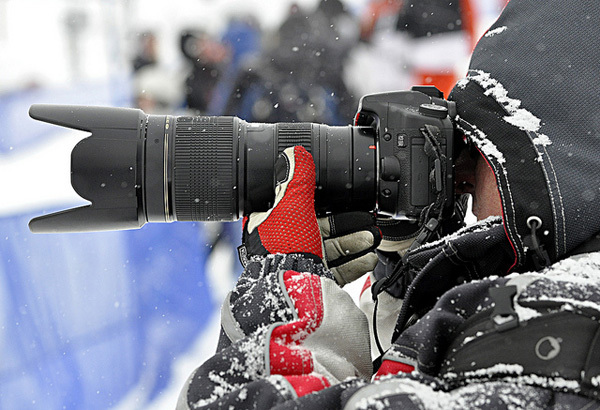How To Protect Your Camera Gear From the Elements
by Cody Johnson | Nov 16, 2012 | How Tos
Your passion for digital photography would surely make you travel to scenic locations for the perfect jaw-dropping shots. Your camera and related accessories will most likely be the priciest items you would be carrying along on your trips. Ensuring the protection of your expensive camera equipment from jerks and bumps, and also from extreme weather conditions is essential to make your camera last longer.
When not in use, make sure you place your camera gear inside an all-weather camera bag to protect it from scratches and bumps. It is advisable to detach the lens from the camera body and then pack into the bag when the camera is no longer in use. This is because any pressure on the bag might damage the threads that attach the lens to the camera. When using the camera, make sure you use a camera neck or wrist strap so that it doesn’t slip out of your hands.
Different weather conditions and surrounding environments affect your camera and its accessories which is why you need to use it carefully to prevent any damage the lens and the interior of the camera. Here are a few guidelines on how you can protect your camera in different environments.
Hot Weather
Extreme sunlight can heat up your camera gear and damage it. Since you need to keep your camera away from direct sunlight, it is best if you could avoid shooting during midday. Early morning or afternoons are best if you want to take sunny shots. In case, you have to shoot during the peak sun hours, try covering the camera with a light towel or under an umbrella.
When your camera has heated up as a result of high temperatures, give it a break and let it cool down otherwise the seals that protect your gear from moisture and dust would dry out. You can go back to your air-conditioned car to cool it down slowly and cautiously since temperature swings can damage the mechanical part of your camera.

Rainy Weather
Use an umbrella to keep rain water off your camera gear and make sure you carry it in a waterproof casing. Practice shooting with an umbrella since it requires a bit of balancing skills. If you don’t have an umbrella at the moment, you could use a coat, scarf or even a spare shirt to cover your camera. You can even opt for a rain jacket for your camera which could be a plastic bag with a hole cut in it or a fancy folding unit. Make sure to dehumidify your camera gear when you come back home using silica gel dehumidifiers in your bag. Nothing worse than going from a dry indoor environment to an extremely humid or wet environment outside.

Snowy Weather
If you love capturing snowy landscapes, winter sports and frozen lakes then mind you, your camera gear might not be open to temperature drops. This is why you have to take special care of your camera in cold weather. One problem that you might face in winters is the quick reduction in battery life which is why you should turn off all the unnecessary features of your camera and keep spare batteries warm in your jacket. Batteries are the first thing to go in cold weather and they go quickly. You may also notice that your shutter can get a little "sticky" from the extreme cold. If you find your camera freezes up then keep it as close your body as possible until it warms back up so you can start using it again.
You might also face condensation issues when you bring your camera from the cold outside to inside your home or hotel. This sudden change in temperature causes moisture that damages the electrical components and leaves watery marks on the inside of the lens. You can avoid this by putting your camera and gear Ziploc, and add a sachet of silica gel when outside and then bring it in so that it adjust slowly to the room temperature.

Have fun clicking pictures in different seasons all year around!
References:
http://thebarefootphotographer.blogspot.com/2009/05/protecting-your-camera-at-beach.html
http://www.aswetravel.com/how-to-protect-your-camera-from-the-weather-while-traveling/

 Have fun clicking pictures in different seasons all year around!
References:
http://thebarefootphotographer.blogspot.com/2009/05/protecting-your-camera-at-beach.html
http://www.aswetravel.com/how-to-protect-your-camera-from-the-weather-while-traveling/
Have fun clicking pictures in different seasons all year around!
References:
http://thebarefootphotographer.blogspot.com/2009/05/protecting-your-camera-at-beach.html
http://www.aswetravel.com/how-to-protect-your-camera-from-the-weather-while-traveling/